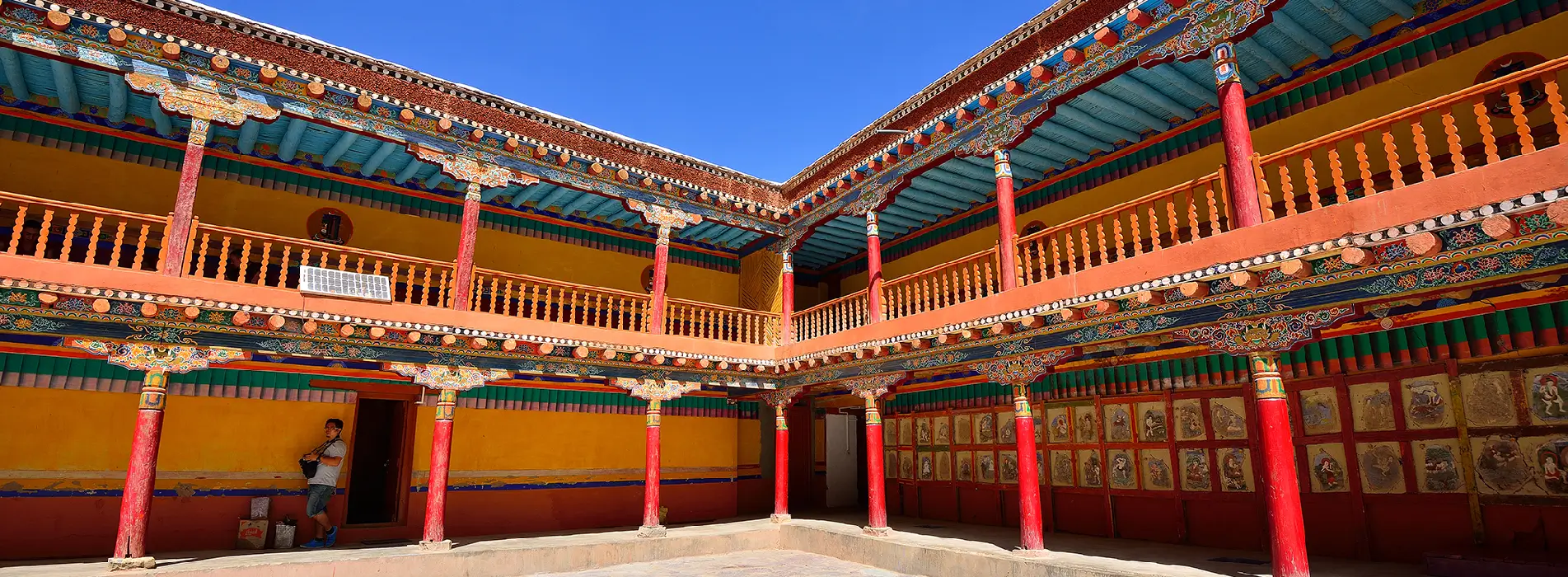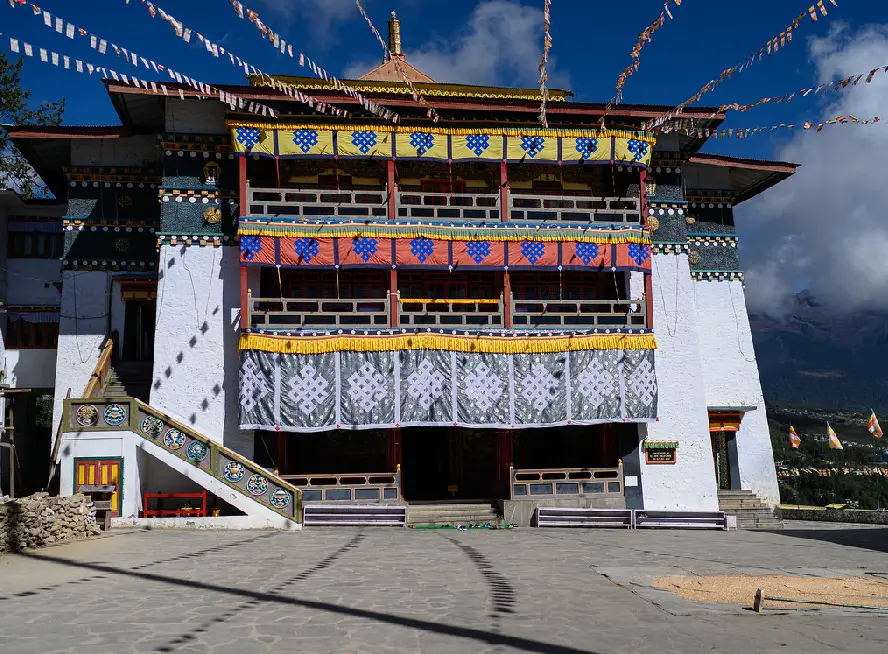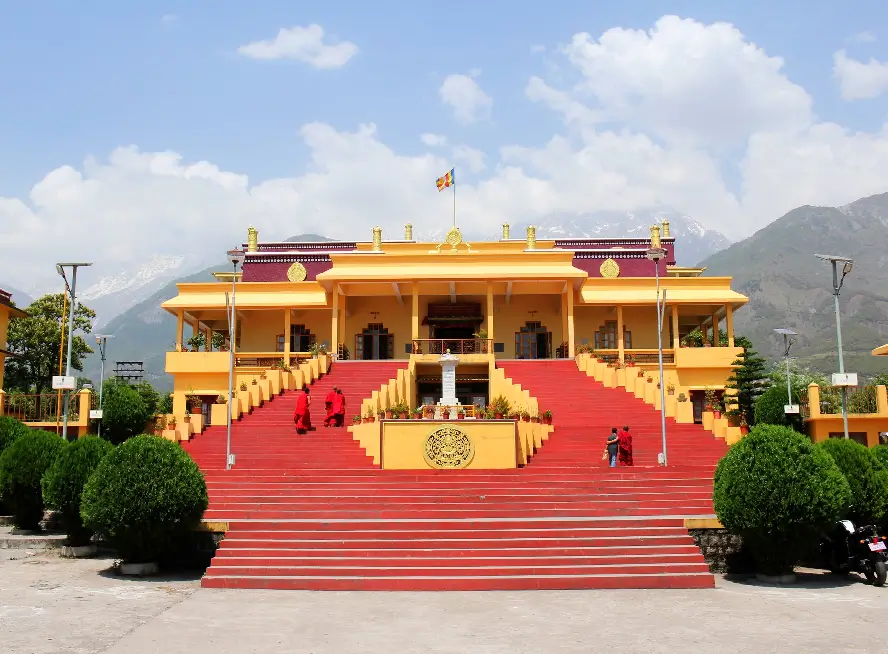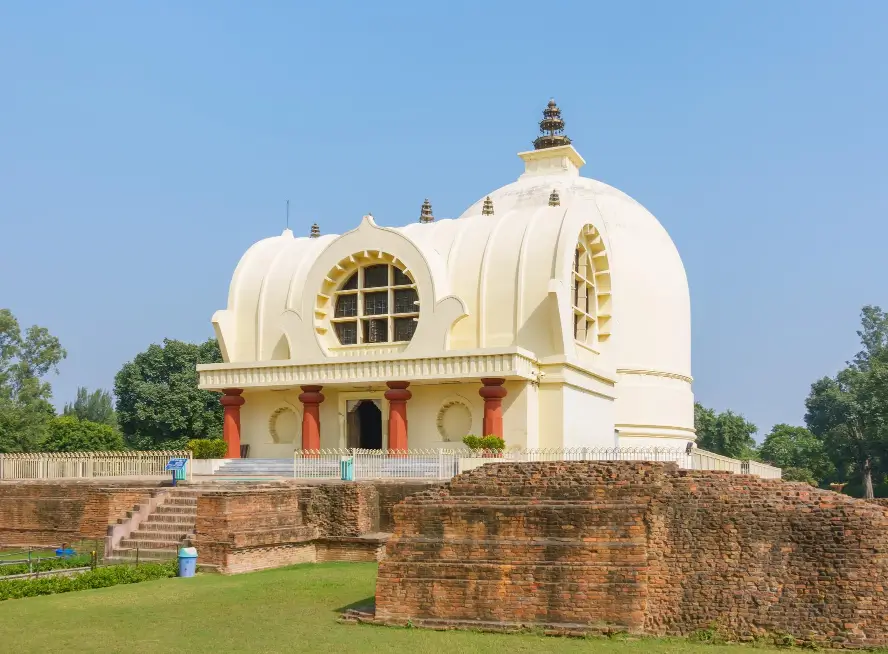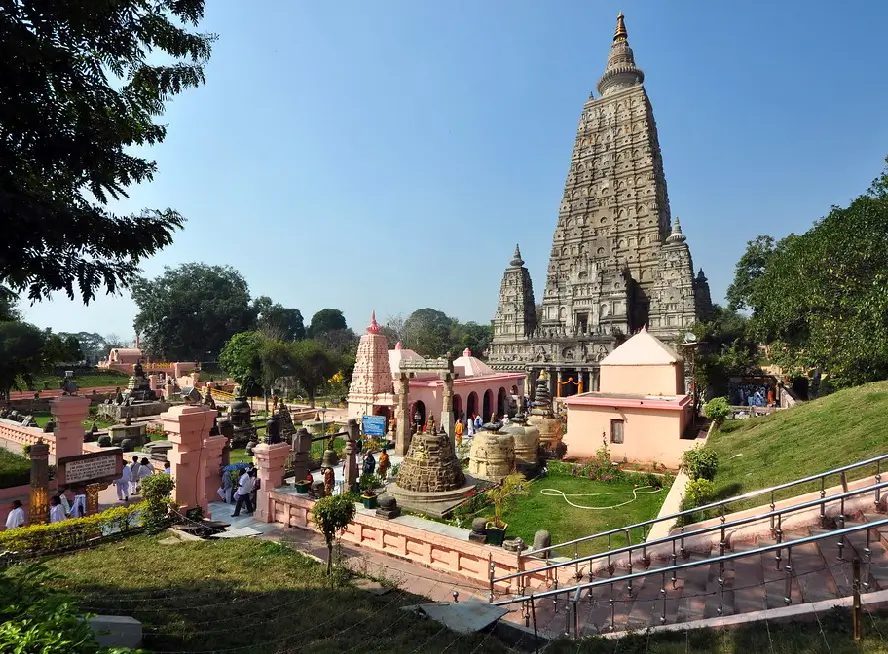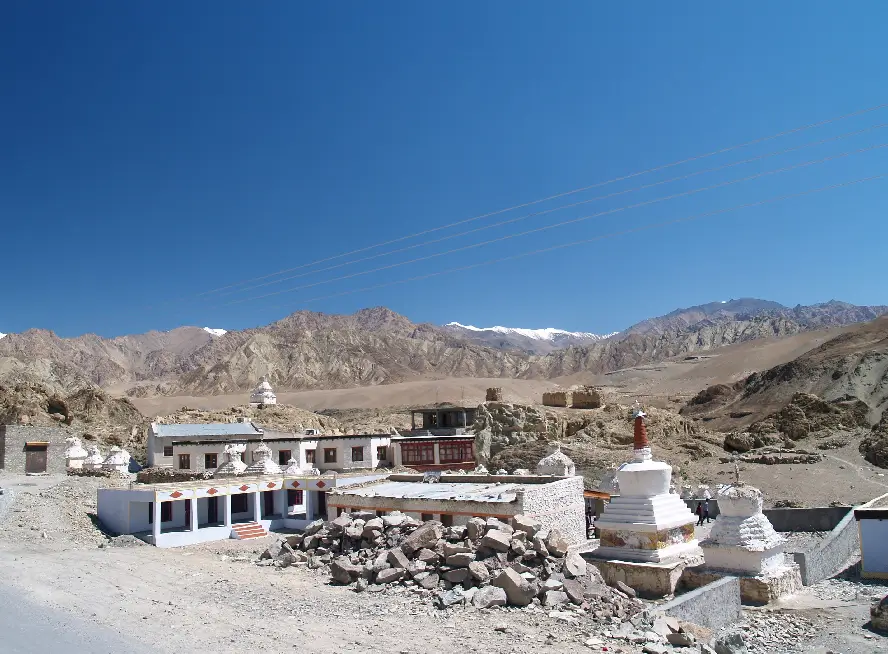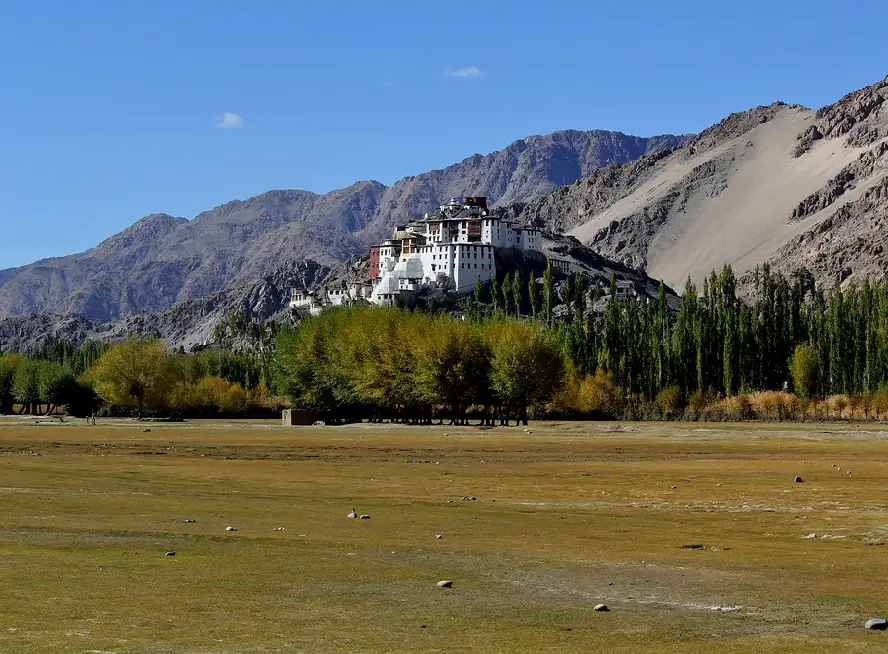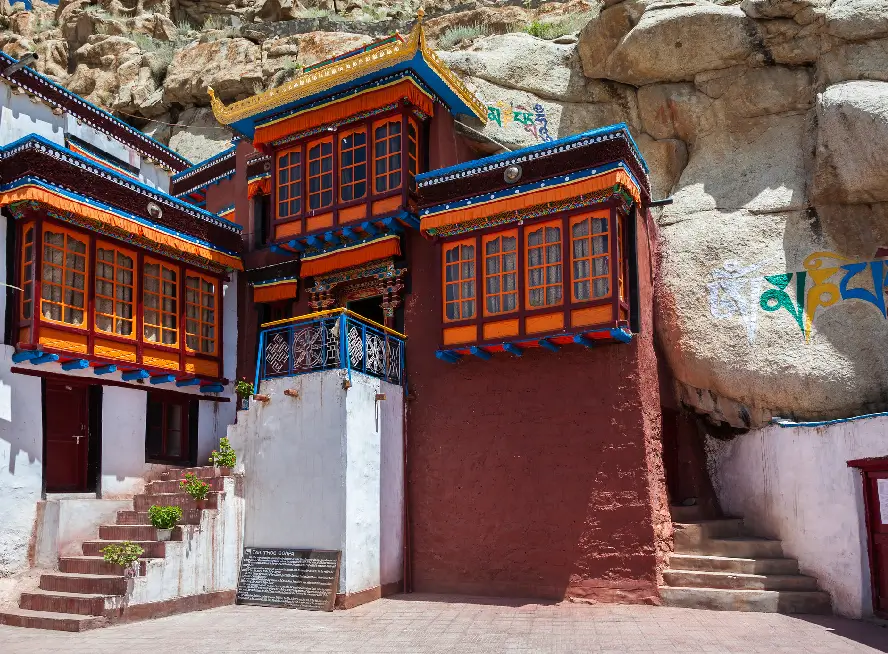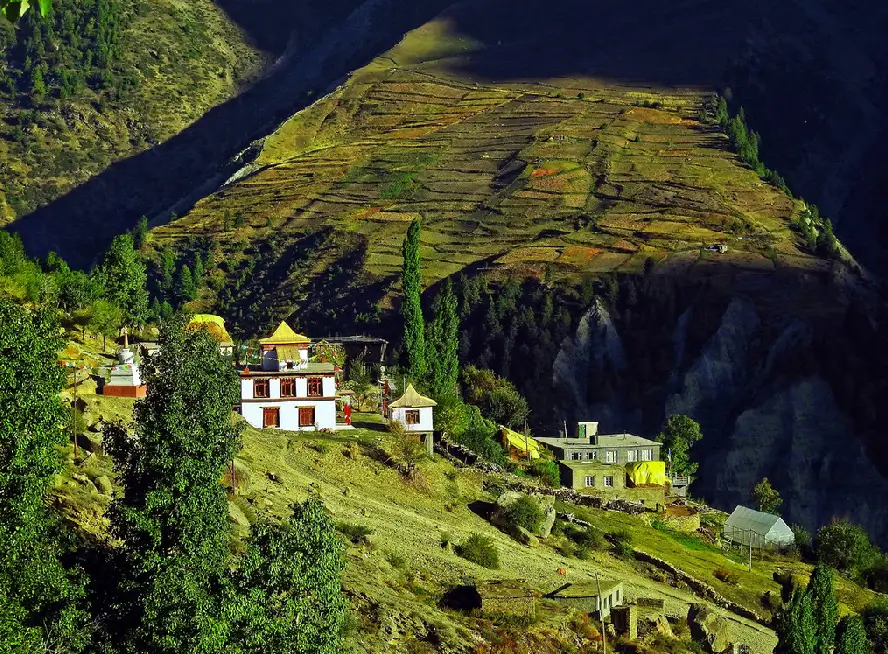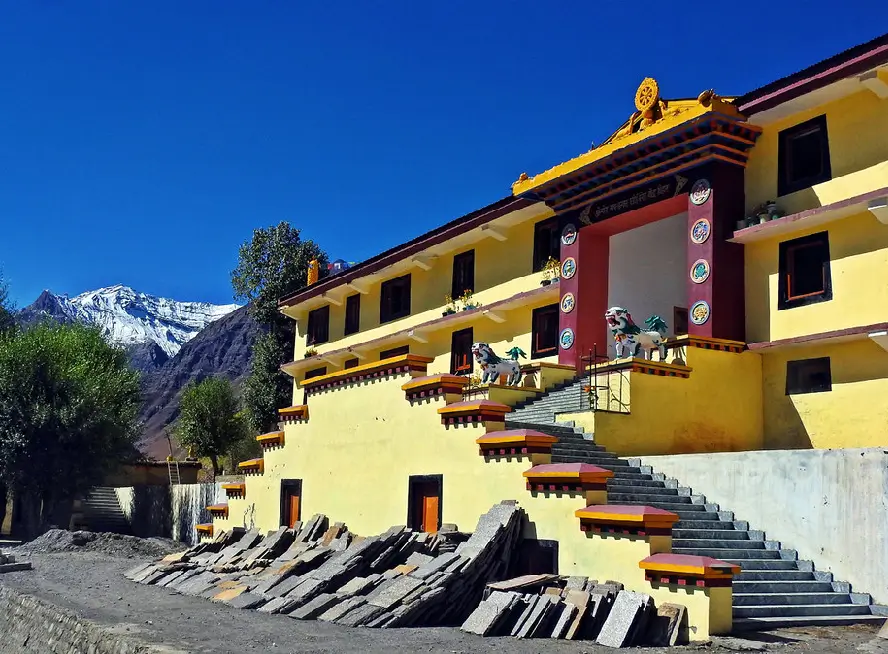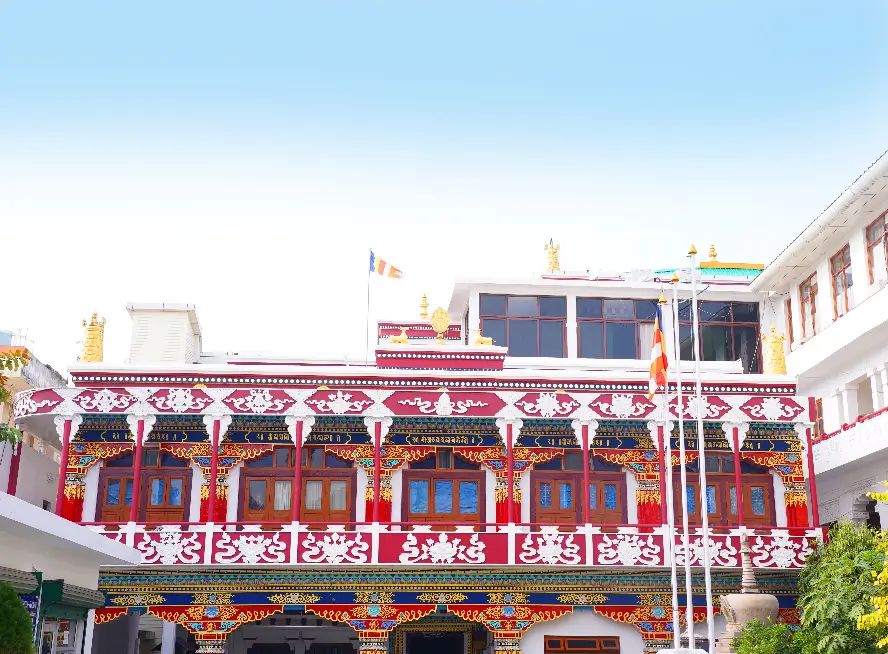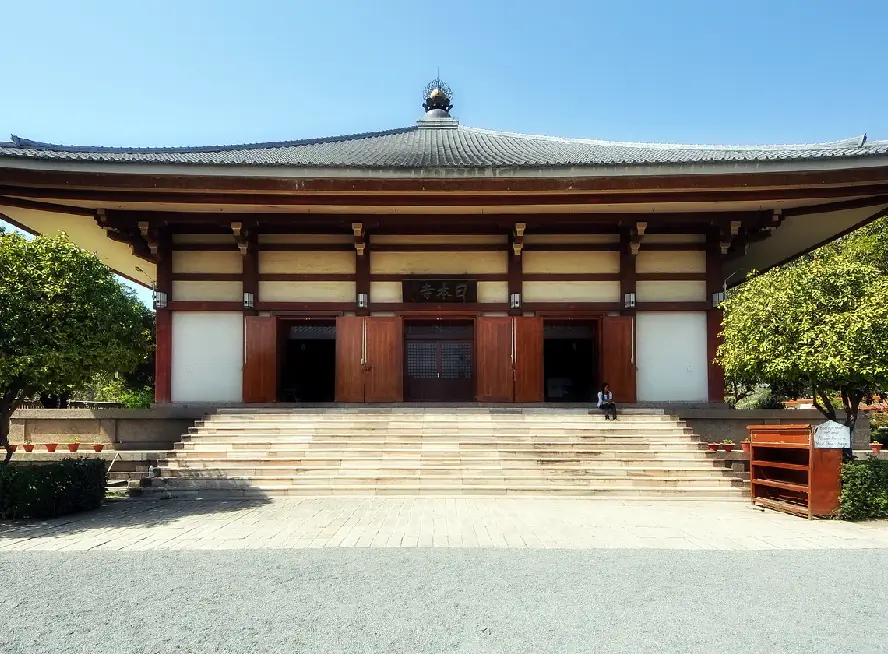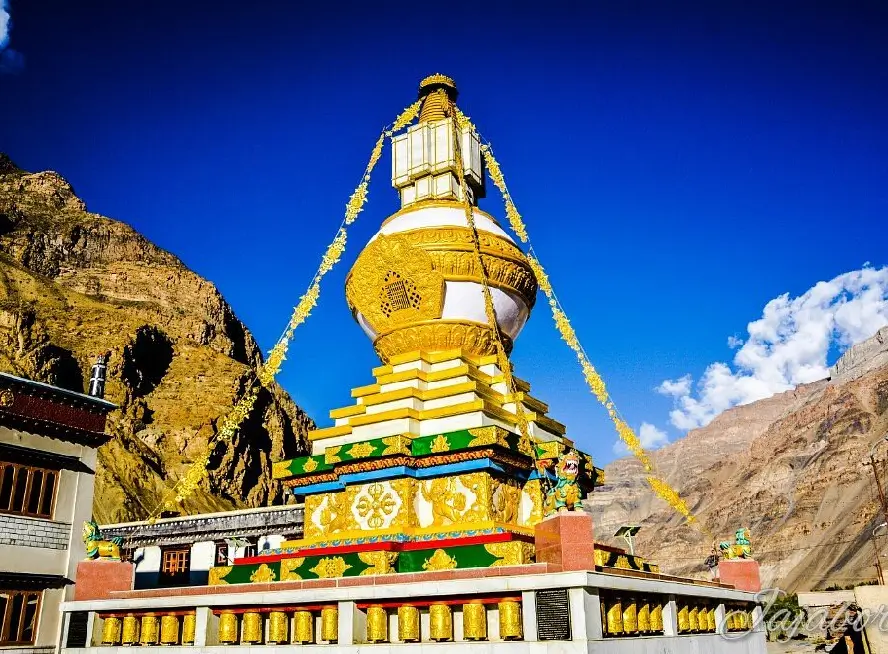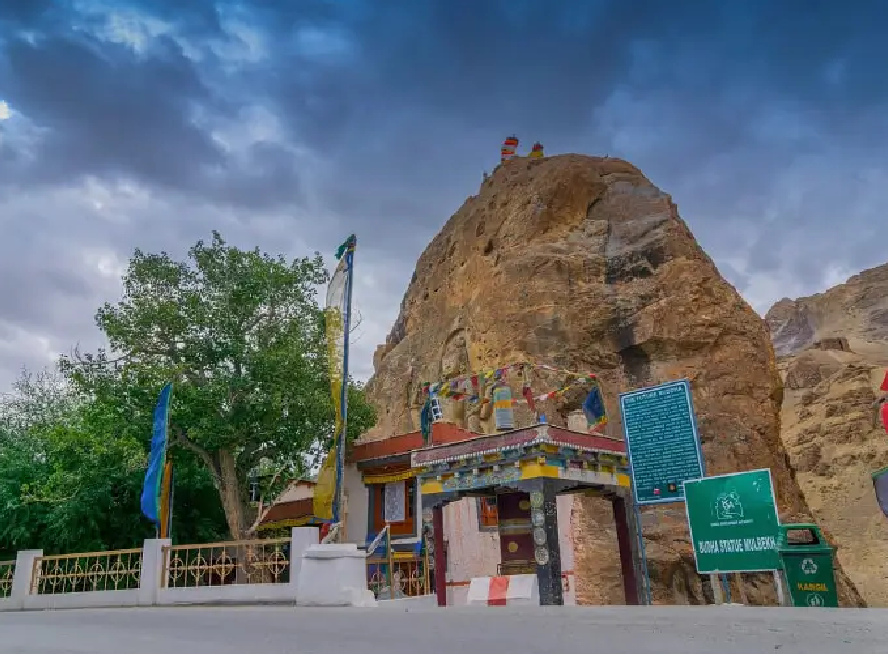Hemis Monastery, Ladakh
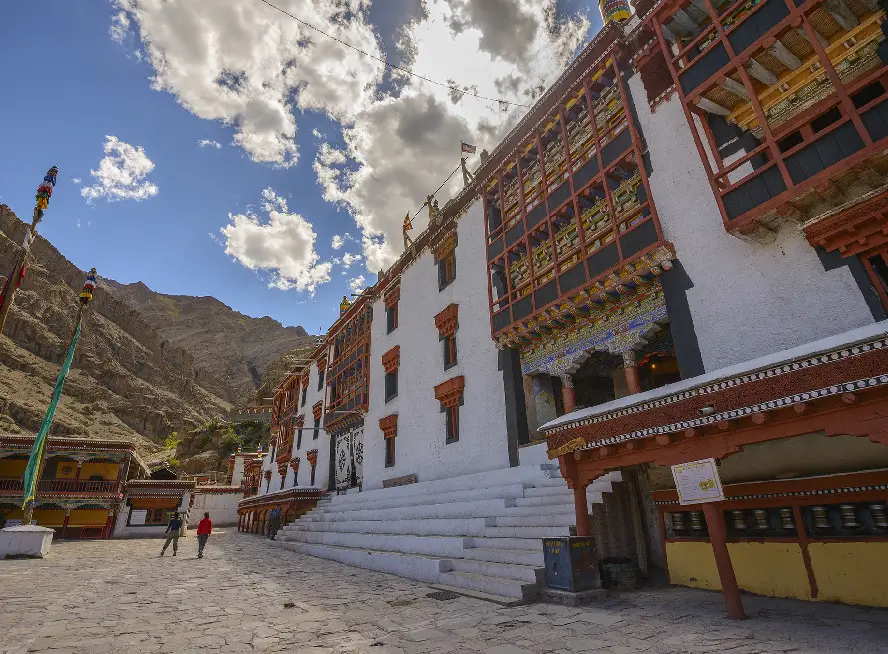

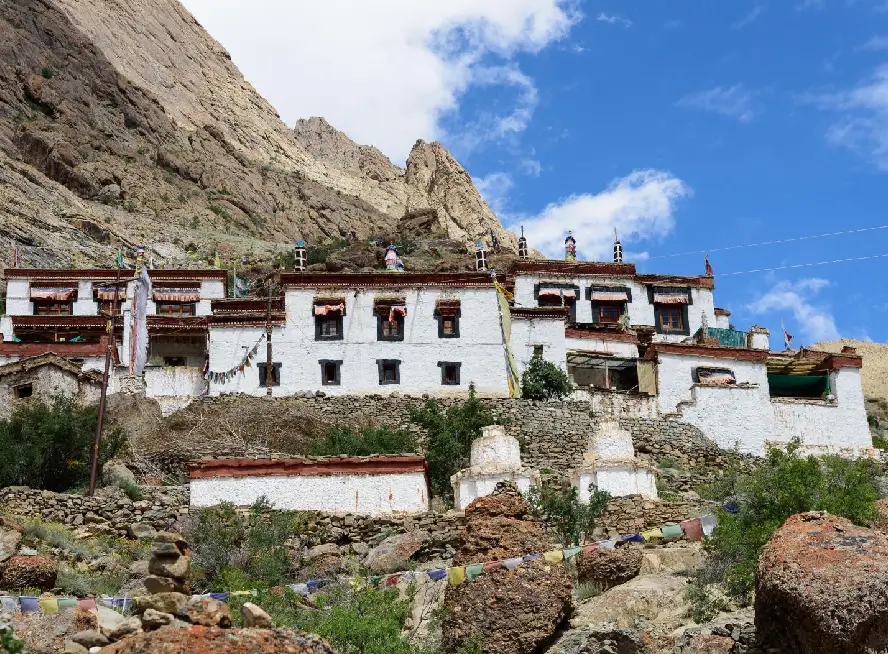

Hemis Monastery, Ladakh
In north India, Hemis Monastery is the largest monastery also called Hemis Gompa which is located on the foothills of the Indus River. Hemis Monastery in Ladakh is home to more than 1,000 monks and also includes 200 outposts. The monastery belongs to the red sect of the Buddhist order, Brokpa. The young Lamas enter the royal monasteries of Shey, Leh and Basgo to meditate and practice Buddhist customs. This monastery in Tibet was established by Tsangwang Drukpan in the 13th century and is the center of the Drukpa Lineage which was also called the Dragon Order, in Mahayana Buddhism. The monastery is based on the Vajrayana school of Tantric Buddhism, which is further subdivided into Sakya, Gelug, and Kagyu sects. The techniques of the Mahayoga Tantra school come directly from them.
The history of Hemis Monastery is believed to have existed before the 11th century and is connected with Naropa. Naropa's biography contains the history of Hemis Monastery and a detailed account of how he met his Guru Tilopa. Naropa is regarded as the “Abbott of Nalanda,” the famous university in Bihar which prospered in its full glory until it was attacked by the Afghan invaders. After the invasion, Naropa traveled and ultimately met Tilopa in Hemis. Naropa was a student of Yogi Tilopa and the teacher of the translator Marpa. Naropa and Yogi Tilopa met at Hemis and together they proceeded towards the ancient city of Magadha (Bihar). He is considered the founding father of the Kagyu lineage of Himalayan Buddhism and therefore considered the main seat of Hemis Monastery.
Hemis Monastery is considered one of the richest monasteries in India and must be visited during the Ladakh Buddhist Tour as it is renowned for its collection of historical artifacts and sacred structures that include a copper Buddha figure, gold and silver stupas and many other ancient relics. One can see sacred Thangkas, murals and many Buddhist items located throughout the monastery. The monastery is skillfully constructed by keeping in mind Tibetan-style architecture. The monastery has an assembly hall called Dukhang and a temple called Tshongkhang which are separated by a wall. Inside the assembly, there's a Gyalpo statue which is believed to be the shield/protector of the monastery. Moreover, the monastery's beautiful courtyard and Buddhist murals depicting Kalachakra in the verandah make it a popular pilgrimage center in Leh Ladakh. There's also a place of accommodation located under the monastery for nuns. The monastery's museum has a huge collection of diverse weapons, carriers, artifacts, Buddhist Thangkas, and manuscripts. Buddhist tourism in Ladakh offers an enlightening experience by attracting pilgrims, adventurers and spiritual aspirants.
The Hemis National Park lies in close proximity to the monastery and is considered one of the highest national parks in the country. The Hemis Festival which is widely celebrated in the region draws visitors from all over the world. It is believed to be lucky to witness the monastery's Thanka during the festival since it signifies spiritual health, fortune and power which makes it a must visit monastery in Ladakh. Kushok Bakula Rimpochee Airport, which is connected to other major Indian airports, is the nearest airport to Leh. The closest train station to Leh is located 812 kilometers away in Jammu Tawi. If traveling from Srinagar, then one may use the Leh-Srinagar route to reach the monastery. The monastery is 45 km from Leh and is accessible via motorized highways. One may schedule a day trip from Leh to Hemis Monastery and other nearby attractions after taking a cab or local transport to reach the required accommodation. The best chance to see the Hemis Monastery is during the months of May to October between which the Hemis Festival occurs.
- Timings : 8:00 AM - 1:00 PM; 2:00 PM - 6:00 PM
- Entry fees : 50 INR
